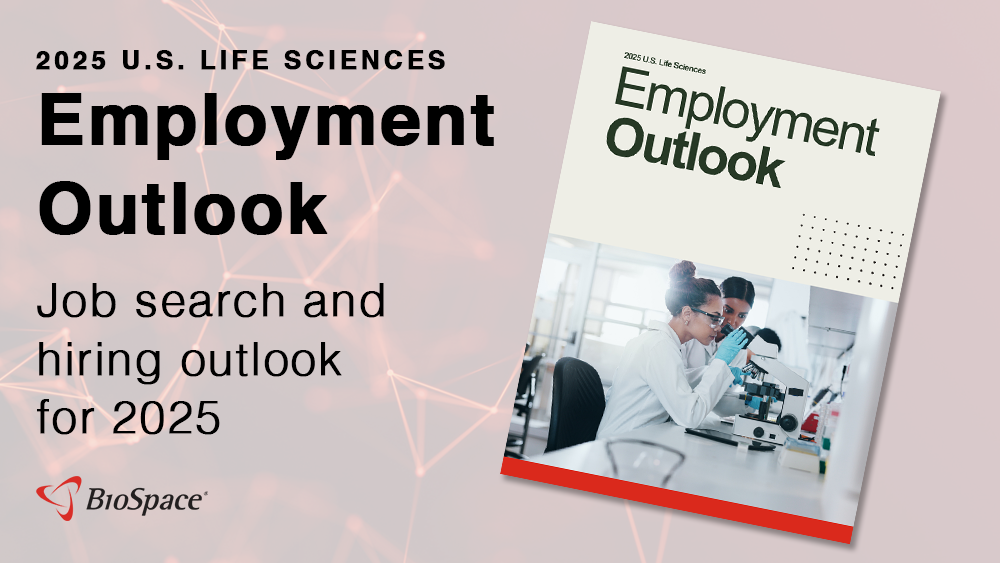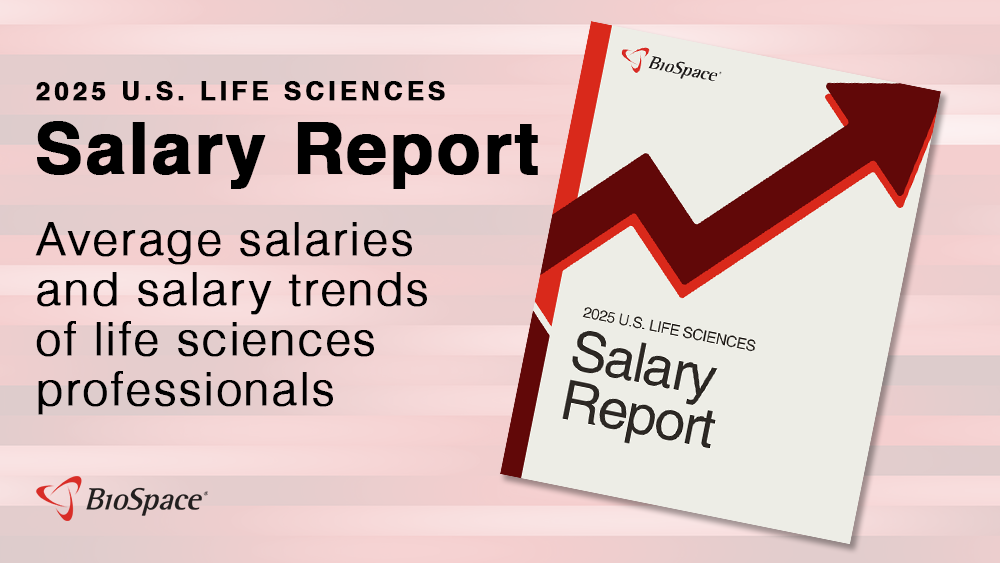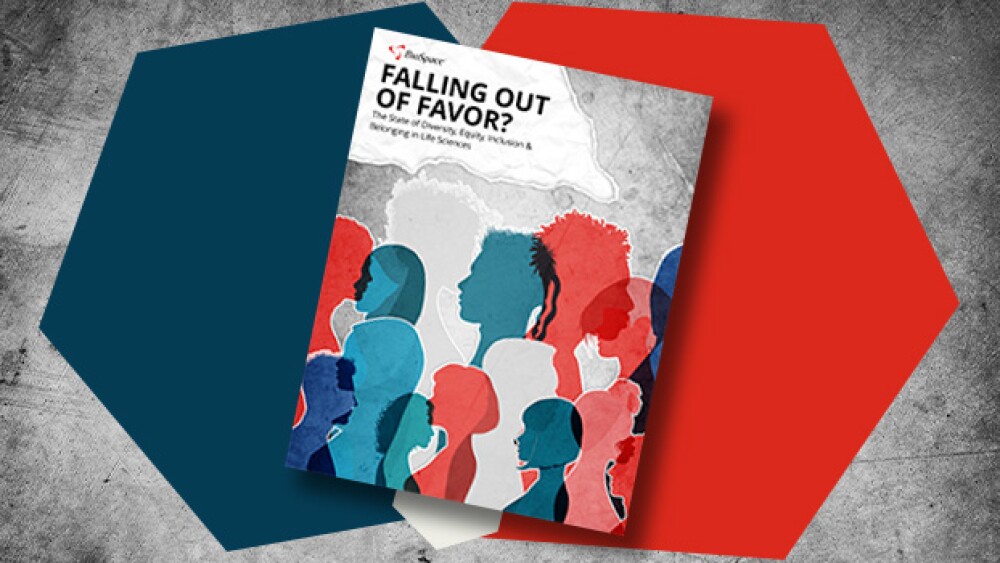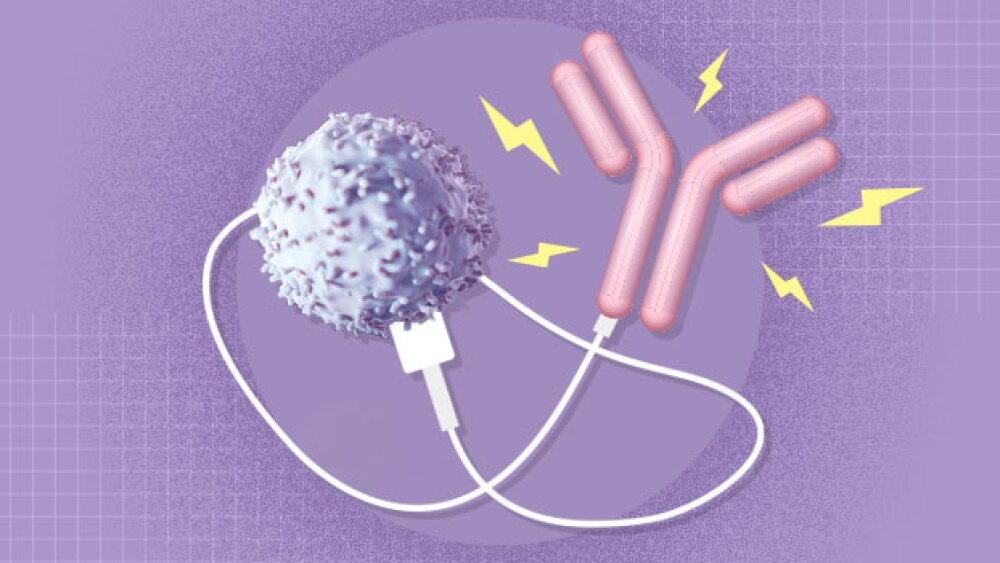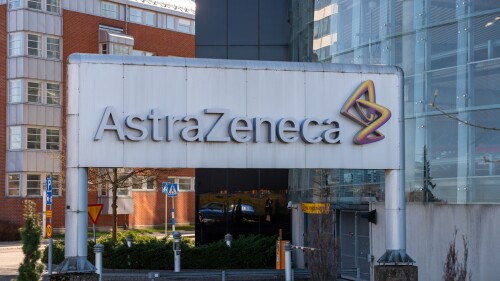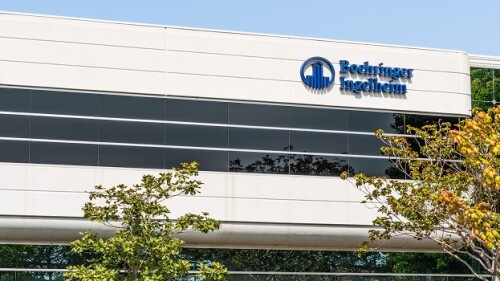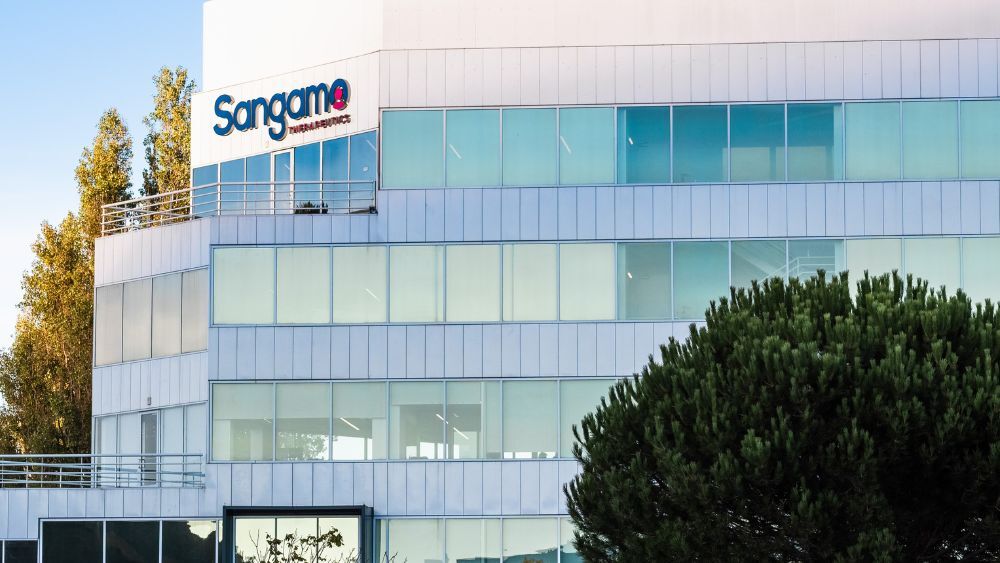Looking for a biopharma job in Illinois? Check out the BioSpace list of six companies hiring life sciences professionals like you.
Following the death of two teenage patients with Duchenne muscular dystrophy following Elevidys treatment, Sarepta Therapeutics adds a black box warning to the gene therapy for acute liver injury and failure and parts with more than a third of employees.
With venture funding tightening in the post-COVID landscape, efficiency has become more critical than ever. In this interactive webinar industry experts explored actionable strategies for maintaining quality under financial pressure. Watch now.
The antibody anselamimab, which AstraZeneca picked up in its 2021 purchase of Caelum Biosciences, failed to improve survival and reduce hospitalizations, but the company sees promise in data from an unspecified patient subgroup.
Johnson & Johnson’s $23.7 billion in second-quarter earnings, driven by cancer and neuroscience drugs, exceeded analyst expectations, while CEO Joaquin Duato set a target of $50 billion in oncology sales by 2030.
In advance of this week’s adcomm, the FDA flags ocular toxicities associated with the antibody-drug conjugate, which received accelerated approval in August 2020 but was pulled from the market two years later after a confirmatory trial failed to improve progression-free survival.
FEATURED STORIES
A BioSpace analysis of all 80 priority review vouchers that have been handed out across the three FDA programs that offer them found that 2024 was the busiest year yet. Companies have disclosed spending $513 million on vouchers that were earned in 2024 so far.
Konstantina Katcheves, Senior VP of Innovative Global Business Development at Teva Pharmaceuticals brings insights from the World Economic Forum to SCOPE 2025.
Merck’s Keytruda holds on to the top spot while AbbVie’s Humira—once the world’s top-selling drug—continues to cede its market share to biosimilar competitors.
Congress did not reauthorize the rare pediatric disease priority review program at the end of 2024. Advocates say the ripple effect is already being felt across biopharma.
In the current legal and political landscape, it is all about survival for DEI initiatives.
More than a decade after Merck’s Keytruda and BMS’ Yervoy ushered in the immuno-oncology revolution, the space is at a crossroads, with experts highlighting novel targets, combinations and pre-emptive immunization as the next wave for IO.
FROM BIOSPACE INSIGHTS
Establishing trust through thought leadership is no longer optional in today’s cautious biopharma market. Learn how strategic insights and targeted outreach can turn awareness into high-converting leads.
LATEST PODCASTS
In the third episode of our mini series on artificial intelligence, Lori and guests continue their exploratory discussion on AI and the opportunity in patient lives.
Cell and gene therapy investment rebounds; WuXi Biologics and other companies named in BIOSECURE Act mull options; Bayer, J&J and Pfizer’s recent layoffs; updates from the weight loss space.
Bristol Myers Squibb wins approval for the first novel schizophrenia drug in decades; Pfizer pulls Oxbryta from the market; new IVF and abortion laws could derail women’s health research; Roche touts CDK inhibitor deal and obesity pipeline and BioSpace heads to Meeting on the Mesa.
Job Trends
The SURVEYOR Study met its primary endpoint demonstrating a statistically significant difference as measured by the HD-Cognitive Assessment Battery ( HD-CAB) composite score at baseline between healthy participants and participants with Huntington’s Disease (HD) prior to any treatment with dalzanemdor (SAGE-718) or placebo; further underscoring the cognitive impact of HD For participants with HD that received dalzanemdor or placebo, dalzanemdor was generally well-tolerated with no new
Subscribe to Genepool
Subscribe to BioSpace’s flagship publication including top headlines, special editions and life sciences’ most important breaking news
SPECIAL EDITIONS
BioSpace data show biopharma professionals faced increased competition for fewer employment opportunities during the second quarter of 2025, with increased pressure from further layoffs.
BioSpace did a deep dive into executive pay, examining the highest compensation packages, pay ratios and golden parachutes—what a CEO would get paid to leave.
A new generation of checkpoint inhibitors is emerging, with some showing more promise than others. From recent TIGIT failures to high-potential targets like VEGF, BioSpace explores what’s on the horizon in immuno-oncology.
DEALS
-
BridgeBio’s Attruby wins approval for transthyretin amyloid cardiomyopathy while the FDA accepts Alnylam’s application for Amvuttra in the indication; Cassava’s controversial Alzheimer’s drug flunks Phase III; Amgen’s MariTide fails to impress investors, Donald Trump’s controversial nominations continue.
-
With Elevidys expansion in hand, Sarepta commits up to $10 billion to develop short interfering RNA–based drugs to build out its pipeline.
-
Novartis has disclosed roughly $19.4 billion in deals in the past five years. CEO Vas Narasimhan says there’s more to come.
-
The deal has secured Novartis the chance to work with Ratio Therapeutics on a novel drug candidate that could fortify the Big Pharma against competition from would-be radiopharmaceutical rivals such as BMS and Lilly.
-
The acquisition will give BioNTech full ownership of an investigational bispecific antibody targeting the PD-L1/VEGF-A pathways, a hot area in oncology that could potentially replace standard checkpoint inhibitors for cancer treatment.
WEIGHT LOSS
-
The company’s lead asset is a potentially first-in-class oral GLP-1 receptor agonist that has the potential to be dosed weekly, which according to CEO Khurem Farooq can help improve accessibility and affordability.
-
According to BMO Capital Markets, Medicare coverage of Lilly’s Zepbound opens the door to using secondary indications to secure CMS coverage for obesity drugs.
-
The FDA recommended maintaining a minimum of 5% weight-loss for drug developers seeking to establish the efficacy of their investigational obesity candidates.
-
BioSpace presents 25 noteworthy biopharma startups in ’25; analysts forecast stronger M&A as the J.P. Morgan Healthcare Conference kicks off next week; GLP-1s continue to expand their reach as Novo, Lilly fight against compounders; and a look ahead to five key FDA decisions in Q1.
-
Months after posting weight loss of 7.5% at 36 days for patients taking MET-097i, Metsera releases mid-stage results of just over 11% average body weight reduction at 12 weeks, with no plateau and a promising safety profile.
POLICY
-
Such a change would put the U.S. more in line with guidance in other countries and with the World Health Organization, which recommends one dose for children and adolescents only if they have comorbidities.
-
In December 2024, the FDA affirmed that the shortage of tirzepatide, marketed as Zepbound for weight loss, had ended, formally barring compounders from producing their knockoff versions of the drug.
-
FDA Commissioner Marty Makary last week announced a directive that would limit industry participation in the agency’s advisory committees. But not only do company reps serve only as non-voting members, a 1997 law actually requires industry involvement.
-
Disruptive conditions are typical in non-Western markets. The U.S. industry, thrown into a period of significant change as the Trump administration overhauls HHS and considers implementing tariffs, could learn a thing or two by looking overseas.
-
In an interview with former Fox News journalist Megyn Kelly, FDA Commissioner Marty Makary introduced a new mechanism-driven pathway that could be leveraged by rare disease therapies while saying that autism could potentially be driven by certain environmental factors.
Discover the benefits and challenges of relocating to a biopharma hot spot and find out the most important factors to consider when making your decision.
Q1 is the time when life science professionals are ramping up their job search efforts. If this applies to you, here are some tips to help you get a head start and prepare for your Q1 job search.
Teaming up with a recruiter can be a smart move in a tight job market or for job seekers looking for a specialized role. To help you in your job search, we’ve outlined how to get the best out of recruiters.
Whether a job search is voluntary or not, months of interviews, wrangling over pay and benefits and evaluating options has a weighty psychological toll.
The role of a clinical research nurse can be rewarding, but it’s not without challenges. Find out more about the role of a clinical research nurse and what it takes to become one in our guide.
Find out everything you need to know about research and development, including the skills it requires and what you should do if you’re ready to make the transition into R&D.
HOTBEDS
REPORTS
In this Employment Outlook report, BioSpace explores current workforce sentiment, job activity trends and the prospective job and hiring outlook for 2025, particularly as it compares to the previous year.
BioSpace’s third report on diversity, equity, inclusion and belonging in life sciences examines dramatic shifts in attitude around diversity initiatives.
CANCER
-
The partners are pushing to expand Enhertu’s list of indications beyond its standing uses in breast, lung and gastric cancers.
-
Protagonist Therapeutics notches a milestone in its pact with Takeda for rusfertide. New data show that many patients with a chronic blood cancer taking the drug didn’t need to have their blood removed to bring down dangerously high hemocrit levels.
-
The company will push through with an accelerated approval application for odronextamab in follicular lymphoma, leaving diffuse large B cell lymphoma behind.
-
In the Phase III SERENA-6 trial, camizestrant—in combination with CDK-inhibitors—beat out current standard-of-care treatments in terms of progression-free survival, according to AstraZeneca.
-
Eikon’s lead candidate, EIK1001, is being tested for advanced melanoma. The candidate is currently in late-stage development, which the biotech will fund using Wednesday’s series D raise.
NEUROSCIENCE
-
As the year gets underway, analysts and biotech executives highlight cell therapy’s pivot from oncology to autoimmune diseases, a continued appetite for next-generation obesity drugs and an increased focus on neuromuscular, kidney and cardiovascular diseases.
-
Boehringer Ingelheim’s trio of late-stage schizophrenia failures on Thursday came a day after the Department of Health and Human Services hit back on the pharma’s legal challenge to the IRA’s drug price negotiation program.
-
AbbVie and Gilead are going back to their roots and leaning on their established areas of expertise to set themselves up for sustainable success in 2025.
-
Amidst a “renaissance” of interest in neuropsychiatry, Seaport’s executive team is taking nothing for granted.
-
J&J, GSK, Eli Lilly and others struck high-value transactions in the early days of biopharma’s annual kickoff conference. Meanwhile, Biogen proposes to acquire struggling neuro partner Sage, and obesity dominates discussions as Pfizer goes “all in.”
CELL AND GENE THERAPY
-
Sangamo is on course to run out of money within months and has now lost access to up to $220 million in milestone payments from Pfizer.
-
The approval concludes what has been a difficult regulatory path for Ryoncil, which suffered FDA rejections in 2020 and 2023.
-
Tenaya’s share slump following the TN-201 data drop could be due to its “significantly lower” level of RNA expression in the Phase Ib/II trial than in preclinical models, according to William Blair analysts.
-
Bristol Myers Squibb aims to generate around $1.5 billion in savings through 2025—a goal that it hopes to reach by lowering third-party expenditures, focusing only on key growth brands and cutting some 2,200 jobs by year-end.
-
When hiring job candidates to work on cell and gene therapies, companies look for more than just technical skills. Talent acquisition executives from Bristol Myers Squibb and Intellia Therapeutics offer an inside look at what they want in an employee.











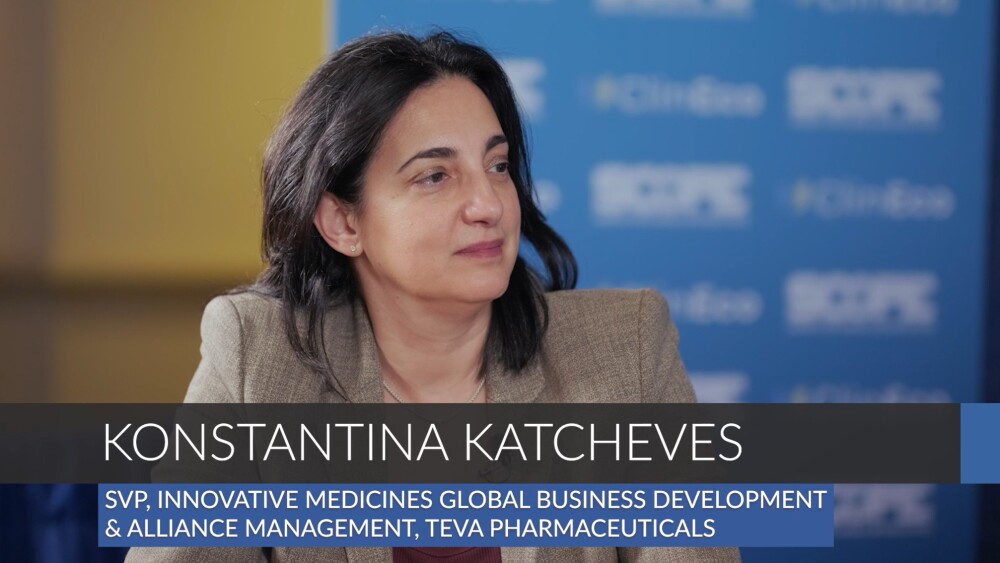


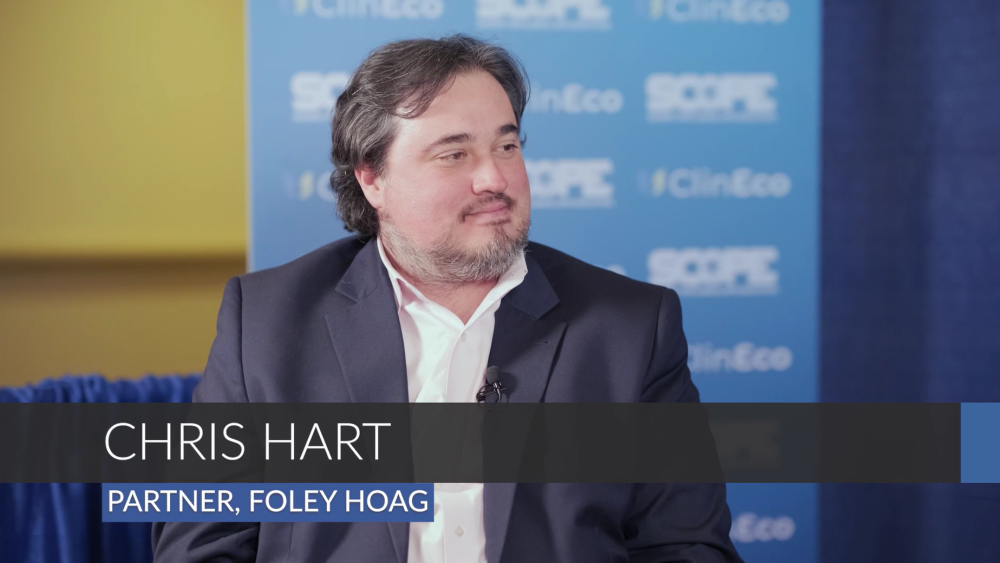




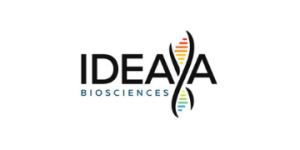

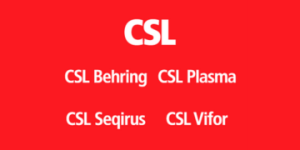
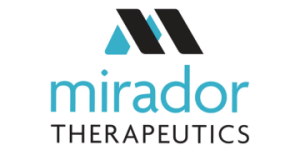


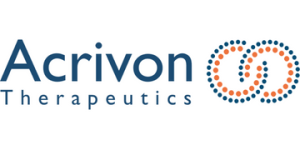
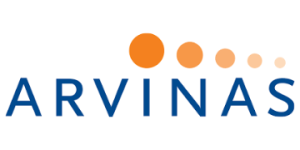
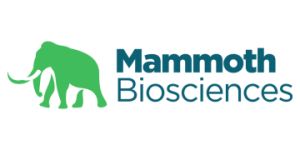

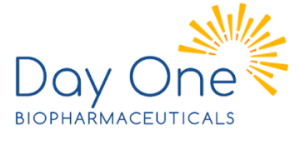

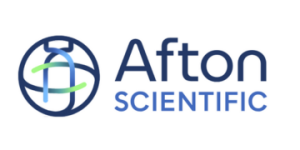


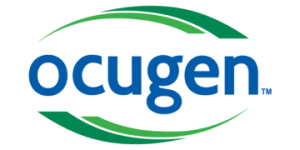


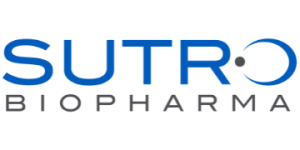
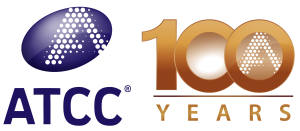

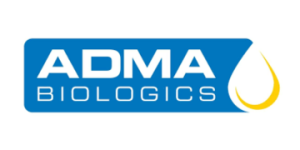


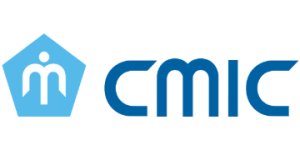

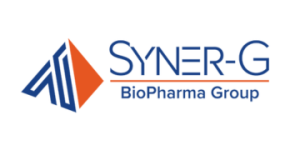




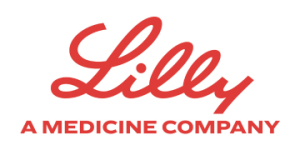



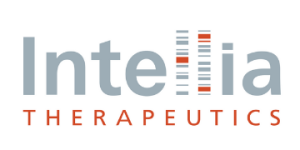







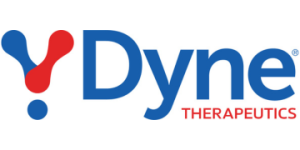
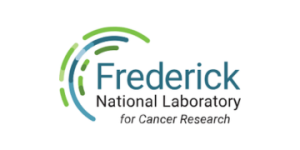
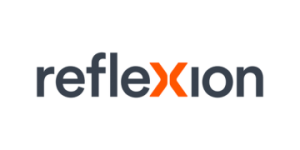

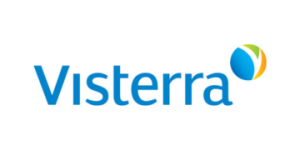

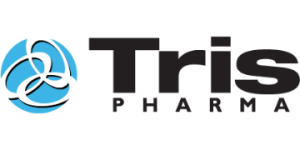
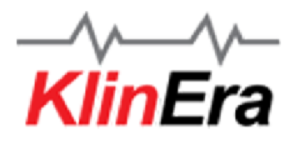



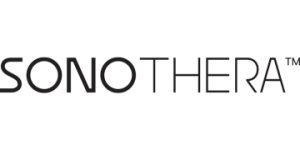
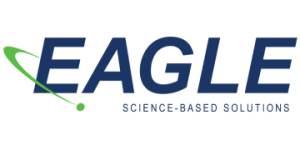
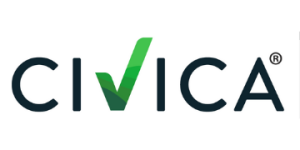
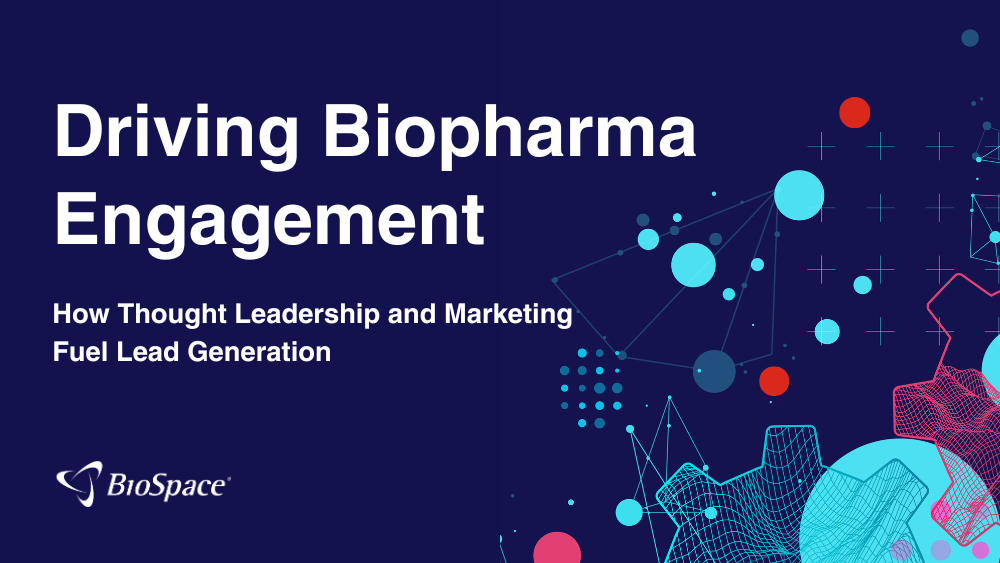


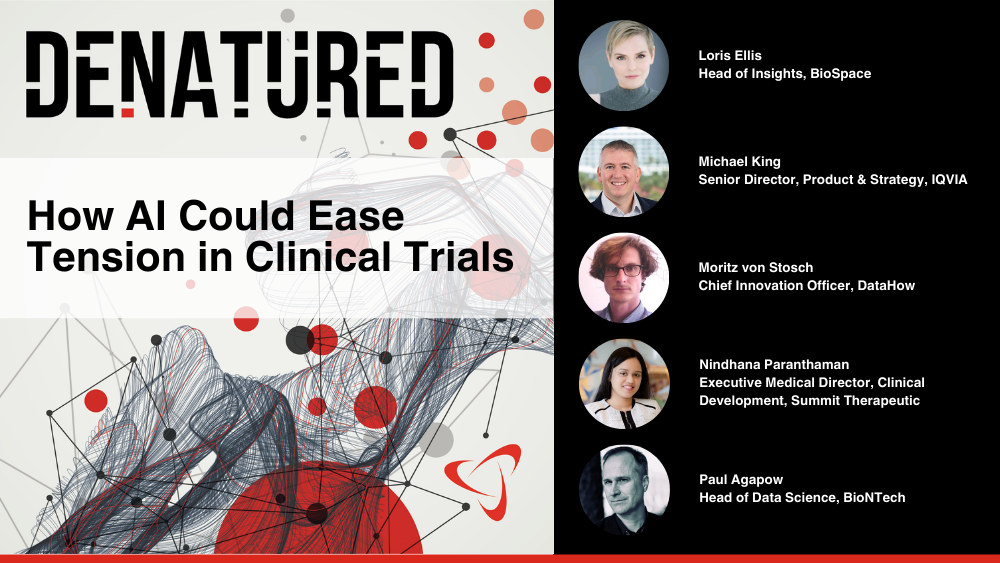

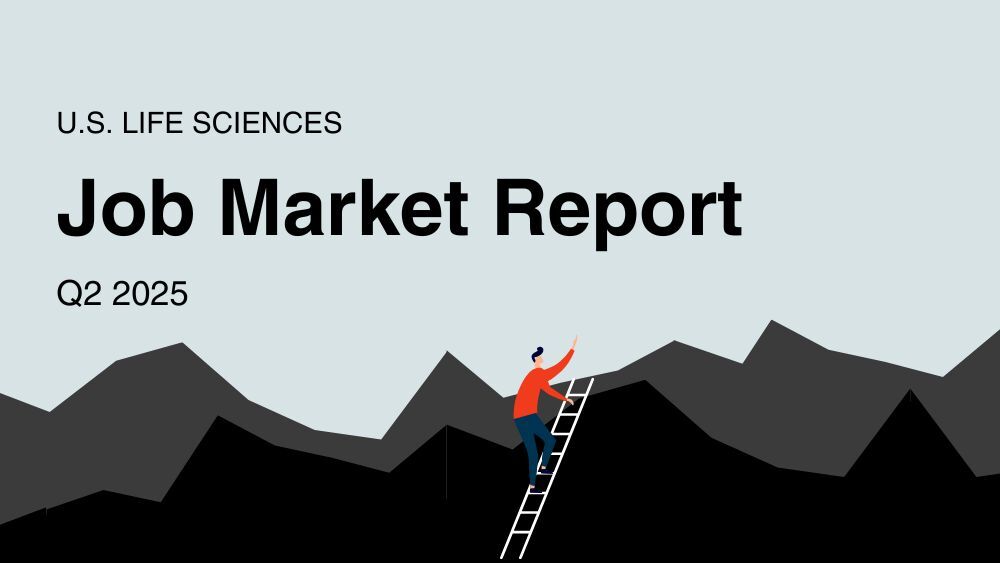

















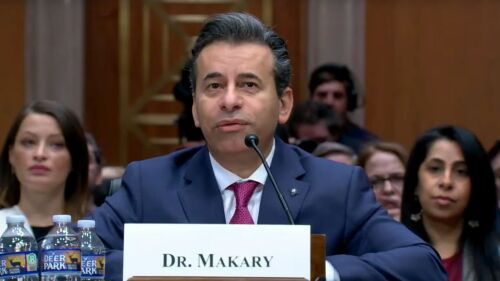



















![[Figure 1.] Syracuse Bio Campus – Home to LOTTE BIOLOGICS’ ADC and monoclonal antibody (mAb) manufacturing facilities](https://static.biospace.com/dims4/default/505aaa2/2147483647/strip/true/crop/625x352+0+0/resize/1000x563!/quality/90/?url=https%3A%2F%2Fk1-prod-biospace.s3.us-east-2.amazonaws.com%2Fbrightspot%2Fa0%2F5d%2F3ef4445240c7b416c1ddc66e7ad9%2F1-adc-mab-facility.png)


